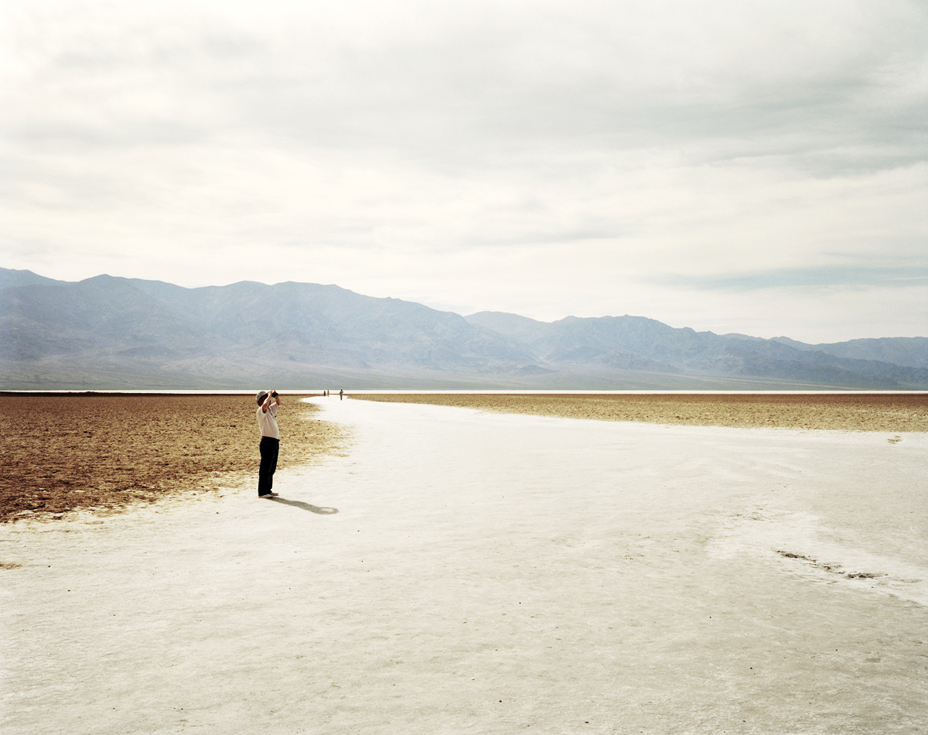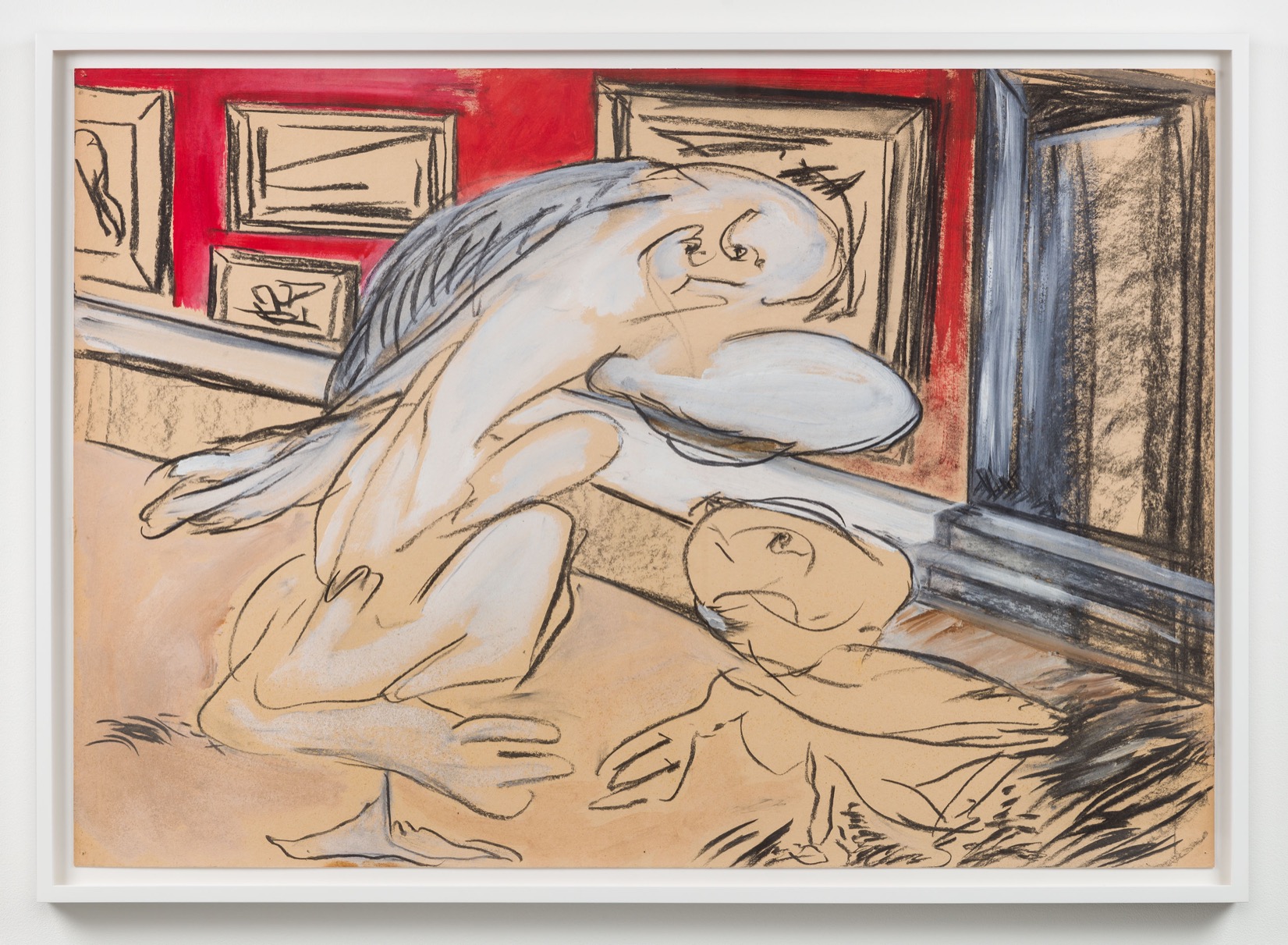To say that Nadav Kander’s photography exhibits both a technical and artistic virtuosity is merely to state the obvious. No pantheon of contemporary practitioners in the medium could be complete without the Israeli-born, South Africa-raised, and currently Britain-based artist prominently featured, a fact made clear by achievements accrued over the last five years alone. Kander was made an Honorary Fellow of the Royal Photographic Society in 2017, only to be awarded the “Outstanding Contribution to Photography” Award two years later at the Sony World Photography Awards in 2019, leaving few heights left to reach in his storied career – even if he wanted to, what left would there be to achieve, and what more to prove?
The mooted reality of much discussion surrounding Kander is doubled when one considers the nature of his Quietude series, currently the subject of an online exhibition through London’s Flowers Gallery, running until August 16. Consisting of excerpts from other bodies of work compiled over the last twenty years, this thematic restructuring of his extant oeuvre allows it to function in some ways as a victory lap; nothing ventured, nothing gained, as they say, but when you’ve already achieved so much, one can afford to bask in past glories. As such, Kander’s trademark “beauty mixed with unease” seeps from each image, luring the viewer into the photo's faded tonalities with its palpable – yet often indescribable – sense of the uncanny. One could rightfully suggest that the name “Quietude” is mildly ill-fitting for work that belies the equanimous ease the term often inspires, but then again, it sounds nice, which was likely one of the (if not the only) intended effects.

But, despite the moving beauty of some of these images, the work itself isn’t really the point. Or rather, while the exhibition may have been planned with the work as its intended fulcrum, it quietly does something much more ingenious than otherwise expected.
As physical spaces reopen throughout Britain, the retention of the online exhibition came as a minor surprise; I had initially conceived of it as better than nothing, but also as paling in comparison to the “real thing.” That’s to say, I’d be more than happy to scroll through image galleries when met with the impossibility of seeing work face-to-face, but would all too happily close my computer screen once some kind of normalcy – complete or otherwise – resumed, and imagined most everyone else would too.
However, I had failed to account for the discrete exhibitional space that web-based shows had actually created; instead of online shows functioning as reality’s surrogate, a new type of viewing space, abiding by new rules and defined by different relationships between the viewer and art, had taken shape.
Understood in this capacity, the thematic consonance between Kander’s work and the modality of its viewing stands to prove seminal, particularly among international galleries like Flowers. Is the very subject of the work – isolation and solitude, often by oneself – not deeply resonant in the practice of online viewing, an activity most often undertaken by the same terms? The solitude of the viewer is reflected in the art and vice versa, opening up avenues for reflection that are otherwise inaccessible in public; a viewing experience underscored by similarity, not paradox. All the more impressive is that this reconceptualization of the viewing space happens right under our noses; we can enjoy the work as we would any other exhibition, unburdened by garish novelty.
This very well may become an area of increasing focus in the art world: artists producing work for the online exhibition format, but not specifically as web art, bridging divides between digital and physical media. Kander’s otherwise large-format (117 x 149 cm), chromogenic color prints seem an incongruous choice to illustrate this symbioticism, with their physical iterations differing drastically from what’s possible on the average computer screen, but even so, Flowers can be forgiven for not making the most of a practice in its nascency.

What’s more, it brings further legitimacy to what is perhaps currently the most egalitarian mode of curatorship and exhibition, while raising a host of other questions about how art and accessibility intersect. On one hand, the lofty stature of blue chip galleries are suddenly beholden to the ingenuity of web designers, ostensibly instituting internet connection as the last remaining barrier to entry for staging and viewing exhibitions around the world. But on the other, one must question how this may hinder the less technologically fluent among us, and perhaps more pressingly, how class divides still stand to manifest; while never a simple substitution of one impediment for another, one can always rest assured that industries built around gatekeeping will tie themselves in self-defeating knots to keep insiders in, and outsiders out.
Of course, the art world is often characterized by its mercuriality; maybe in ten years we’ll have stopped talking about this period of history, let alone how art was exhibited during it. But as we find ourselves at the start of an intriguing path, let us collectively muster the courage to walk further down it.





